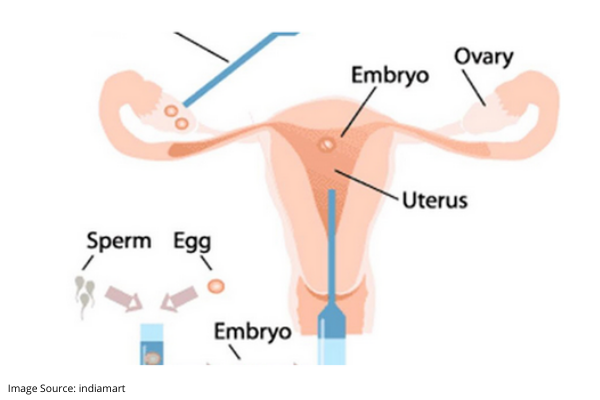

SUCCESS RATES OF IVF TREATMENT

Man has made it his mission to find a solution for every problem that Mother Nature throws at us. Infertility is one such problem and he has found solutions for this too in the form of IVF (in-vitro fertilization) treatments. Today IVF treatment has literally become a household word; such was not the case in the 70’s though when it was still known as ‘test-tube babies’, with the first successful case being Louise Brown in 1978, England.
It’s estimated that about 48 million women are afflicted with infertility problems of different natures, the world over; majority of these cases are found in South Asia, Sub-Saharan Africa, North Africa/Middle East, Central Asia and Central/Eastern Europe.
Though the causes of barrenness are numerous, an abnormal uterus accounts for about 10% of the cases with conditions such as fibroids, polyps, adenomyosis and septate uterus frequently leading to miscarriages and inability to conceive. Other causes of barrenness in women are ovulation disorders including hormonal disorders like polycystic ovary syndrome and problems in the fallopian tubes including scarring from previous ectopic pregnancies.
In vitro fertilization basically involves the harvesting of eggs from the woman and combining it with sperms in the controlled environment of a laboratory dish before implanting the embryos back into the uterus. The painful truth about IVF however is that not every cycle will yield a live birth even when the healthiest looking embryos are transferred into the womb. There is an average success rate of less than 40% in women under the age of 35 years. These chances grow lesser with increasing age as quality of eggs is also poorer. It should be noted that IVF is never the first step in treatment, but the last step. The drawback to this procedure is that it’s very expensive and only about 5% of couples with infertility opt for the procedure.
There are numerous factors that lead to making IFV treatment a success. The first factor is age. If you are using your own eggs, and you are below 35-years-old, there is about 40% chance of its being successful, but if you are above 42-years-old, your chances reduce to 4% or so.
The second factor is whether you were pregnant with the same partner previously and whether you have a history of miscarriages or you are with a different partner now.
The third factor deals with the type of infertility problem you have. Factors like uterus abnormalities, ovarian dysfunction and hormonal abnormalities all affect the outcome of IVF. If you are over 35-40 and are using donor eggs for better success rates, opt for eggs from younger women.
Lifestyle habits are the fourth factor and it’s important for women undergoing IVF to stop smoking 3 months prior to treatment. Being overweight or underweight can also create hurdles, so try to have a healthy weight.
The fifth factor deals with your choice of fertility center as you need to review their success rates, facilities and expertise levels.














